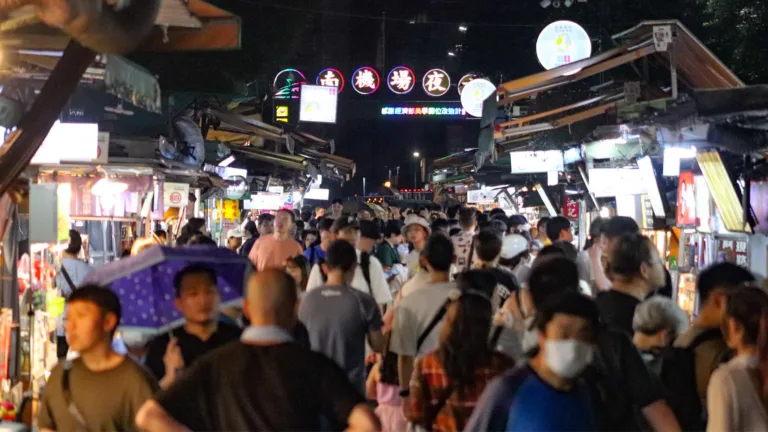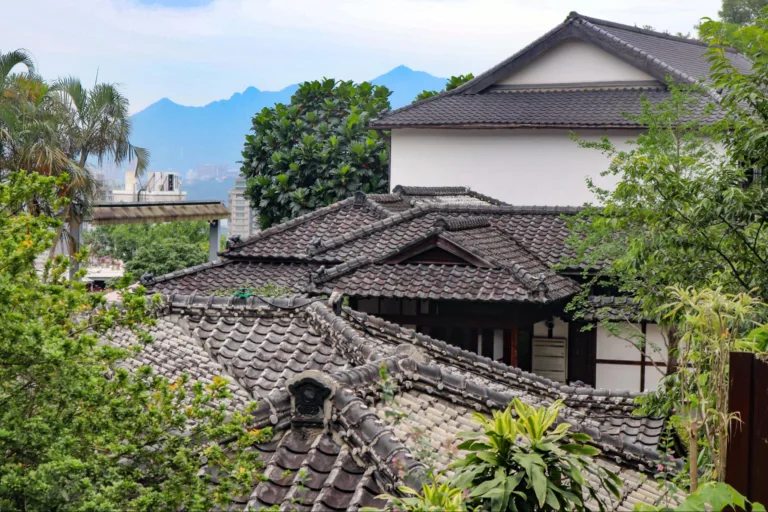The Ketagalan Culture Center is an exhibition hall located in the Beitou District of Taipei City. The museum promotes indigenous culture through various exhibitions and events and includes a library. The best part is admission is free. It is definitely worth a stop on your next trip to Beitou.
Historical Background:
The name “Beitou” is a transliteration from the Ketagalan language, meaning “witch.” Over 400 years ago, it was home to the Ketagalan people. To preserve and promote indigenous culture and art, the Ketagalan Culture Center, managed by the Taipei City Government’s Indigenous Affairs Commission, was newly built and opened in November 2002. The Ketagalan Culture Center was established in 2002. Originally built on top of the Beitou Shinto Shrine. is an exhibition hall located in the Beitou District of Taipei City, near Beitou Park. The Ketagalan people were the early plains indigenous inhabitants of the Taipei area. The center is named after them and serves as a venue for promoting indigenous culture in Taipei City.
The first three floors showcase indigenous artifacts and important collections from the Pingpu tribes. The public spaces of the center also serve as venues for performances, events, gatherings, and workshops, fostering emotional bonds within the urban indigenous community. The center also offers a thematic library with a diverse collection of books on Indigenous culture and art, helping visitors appreciate and understand Indigenous heritage.
The center is usually not very crowded even on weekends and holidays.
Hours:
9 AM to 5 PM
Closed Mondays
Activities:
Besides soaking in hot springs, there are many activities available in Beitou such as Rock Climbing, Water Skiing, Kani Kimono Rental, Escape Experience, Beitou Museum, and more on Klook here or KKday here.
Tours:
You can check out tours to Beitou such as a Beitou and Yangmingshan Day Tour, Beitou and Yeliu Day Tour, Beitou and Tamsui Day Tour, Beitou and National Palace Museum Tour, Beitou Muslim Friendly Tour, Beitou Arts and Culture Tour, Flower Season Tour, and more on Klook here or KKday here.
You can also check out the Beitou Fun Package from KKday which includes a one-day transportation coupon, hot spring coupon, and coupon for over 8 souvenir shops in Beitou.
Where to Stay:
High end: We recommend Wellsping Silks Beitou, which is perhaps the fanciest hotel in Beitou is the Wellspring Silks Beitou, which towers like a behemoth over the cityscape. Here you can probably find the best quality and services in all of Beitou.
Budget Hotels: We also recommend Water House which seems like perhaps the best deal for the money in Beitou. Breakfast and private baths are included. There are also public bathing areas. The hotel is across from Beitou Park.
Looking for a hotel? We recommend booking through Agoda here, which provides the best quality accommodation selection in Taiwan.
Find out where to stay in our Beitou Hot Spring Hotel Guide here, our Taiwan hotels guide or search for the best hotel deals in Taiwan here.
How to get there:
By MRT:
Take the MRT to Xinbeitou MRT station. The museum is within walking distance. You can book tickets to travel to Taipei via inter-city bus on Klook here.
By Car/Scooter:
From downtown Taipei, take Provincial Highway 2 north to New Beitou MRT Station. Many of the hotels here provide free parking for guests. Looking for scooter rental in Taipei? Check out Klook here, or KKday here to search for options. You can also check out our scooter rental guide here.
If you are looking for car rentals, you can also search Qeeq here, Klook here, or KKday here. You can also check out our car rental guide here.
By Bicycle:
Cycling is the best way to enjoy Taiwan’s landscapes if you have the time and energy. Looking for bicycle rentals in Taiwan? You can use Taiwan’s many Youbike sharing stations, or search for rentals on KKday here, and search for tours on Klook here. You can also check out our Taiwan cycling guide here.
Map:
Please see a list of places we will cover in the map below:




































